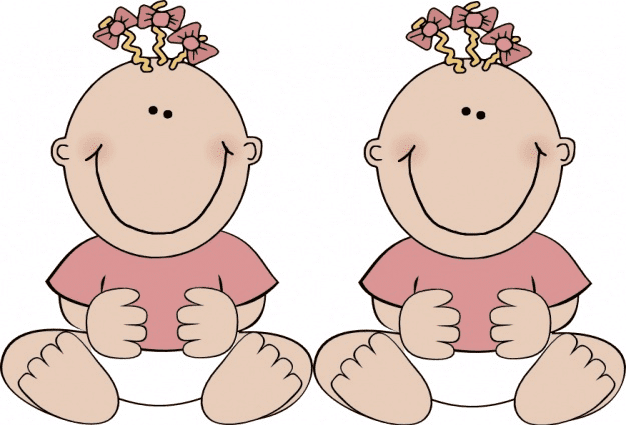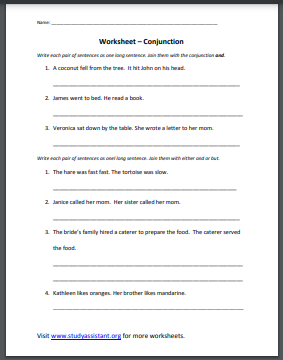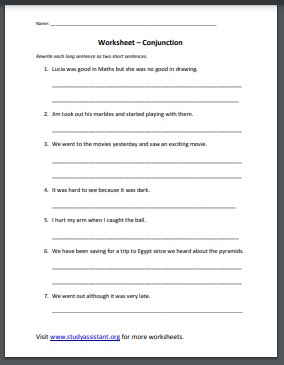Contents
What is conjunction?
A conjunction is a joining word. Conjunctions are sometimes called connectives. We can join two short sentences with a conjunction. They also join words or phrases. Conjunctions may sometimes consist of more than one word, for example ‘as soon as’.
Example: The twins sat down. They watched television.
The twins sat down and watched television. [and is the conjunction]
Example: I am going to make a lasagna as soon as I get home.
I am going to make a lasagna [ clause 1] as soon as [conjunction] I get home [clause 2].
Joining Sentences with Conjunctions
There are sentences that referred to as compound sentences. Compound sentences contain two or more main clauses. A main clause is a group of words that has a subject and a predicate and functions as part of a sentence or as a whole sentence.
The main clause expresses a complete thought. It is the only clause that can stand alone.

Main Clause
Andy is hungry. —[subject, verb]
Andy is tired.
Here both the subject and predicate can be combined to form a compound sentence:
Andy is hungry and tired.
Main forms of Conjunctions
The main clauses in a compound sentence are usually joined by using a coordinating conjunction (or a comma, but we are focusing on conjunction). Commonly these conjunctions such as: but, or, nor, yet, for, and, so.
Example:

Martha and John ate the food, but did not like it.

Daniel cried because he fell down.

The giraffe drank the water quickly as it was very thirsty.

Julianna stayed inside since it was raining heavily.

You can come with me, or you can stay here.
Fanboys
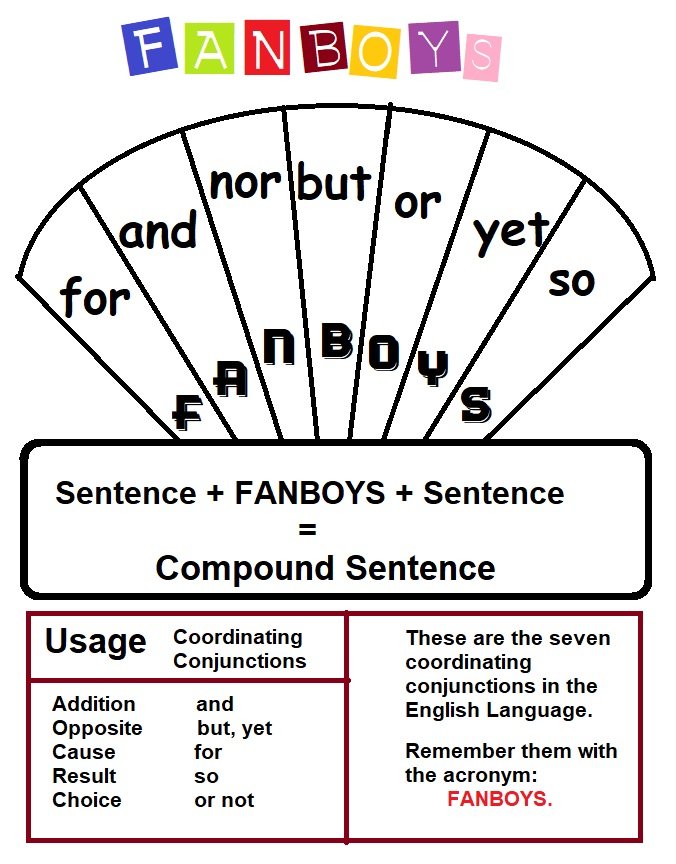
The conjunction and the Past Perfect
The past perfect indicates that an action or a condition took place once or many times before another event that happened in the past.
Example: Gina was tired because she had not slept well last night.
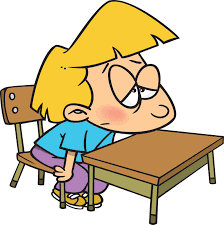
Observe the two things that happened in the past.
More recent event (past):Gina was tired + conjunction [because]
Event that happened first: she had not slept well last night.
The past perfect tense in English is formed using the subject + the auxiliary verb had + past participle [She had not slept...]. Therefore, you can use specific time with the past perfect.
More examples:
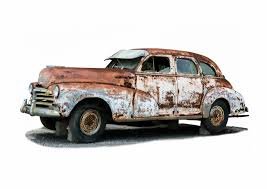
We had had the car for ten years before it broke down in 1980.
The past perfect tense could also refer to a lack of experience rather than an action that happen some time in the past.

She had never heard soca music before she visited her relatives in Trinidad.
Can you determine which event happened first, and which happened last?
Now, note the placement of the adverbs in the following sentences.
Mr. Pacheco arrived in the classroom as I had just sat down.
Mr. Pacheco arrived in the classroom as I had barely sat down.
The Conjunction and the Comma
Use a comma between the main clauses in a compound sentence when you use the following conjunctions: and, but, or, nor, for, so, or, yet. Place the comma before the coordinating conjunction.
Example:

Sarah likes to bake bread, but Dana prefers pies.

Dad would wash the dishes, and mom would put them away.

